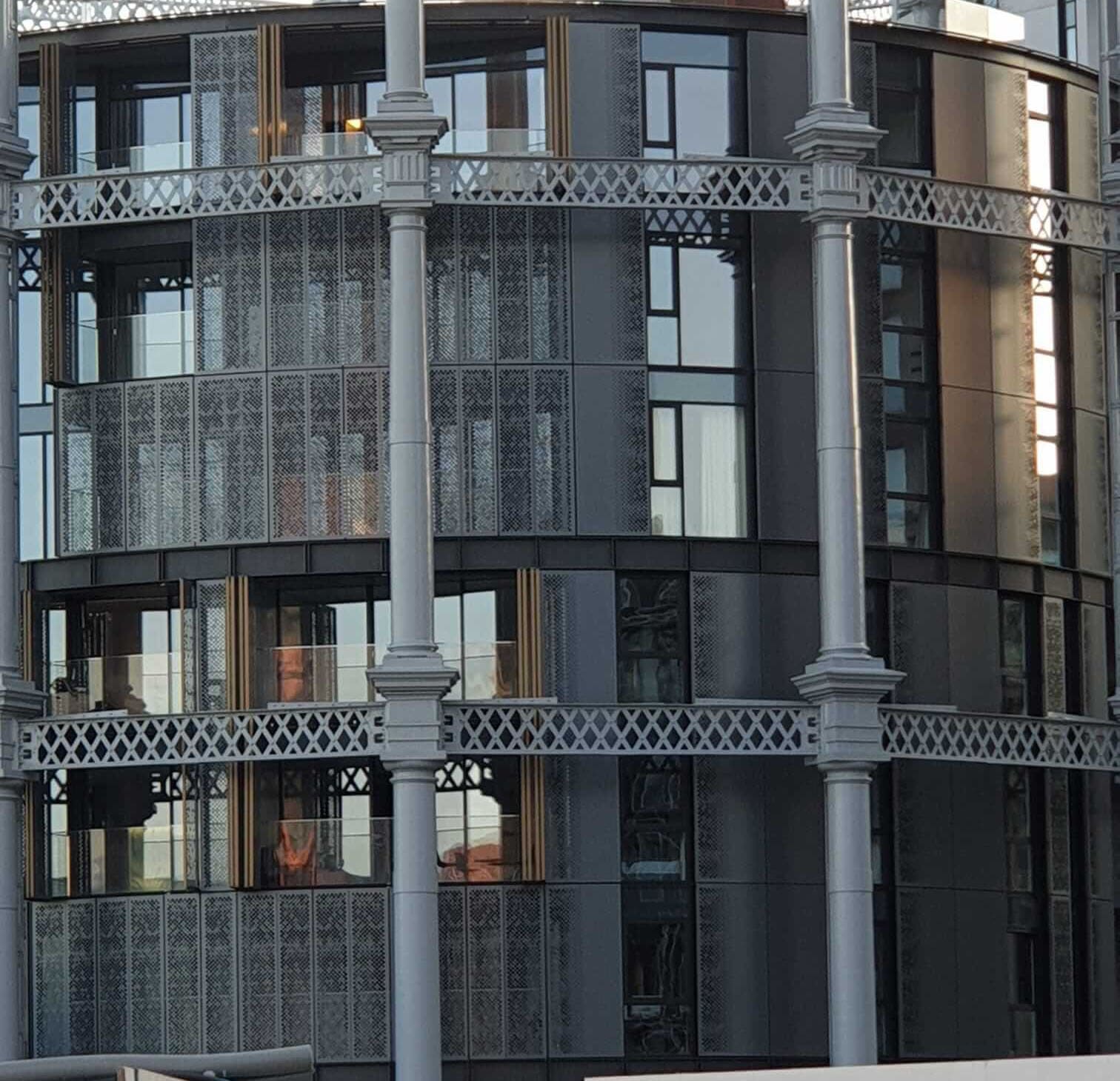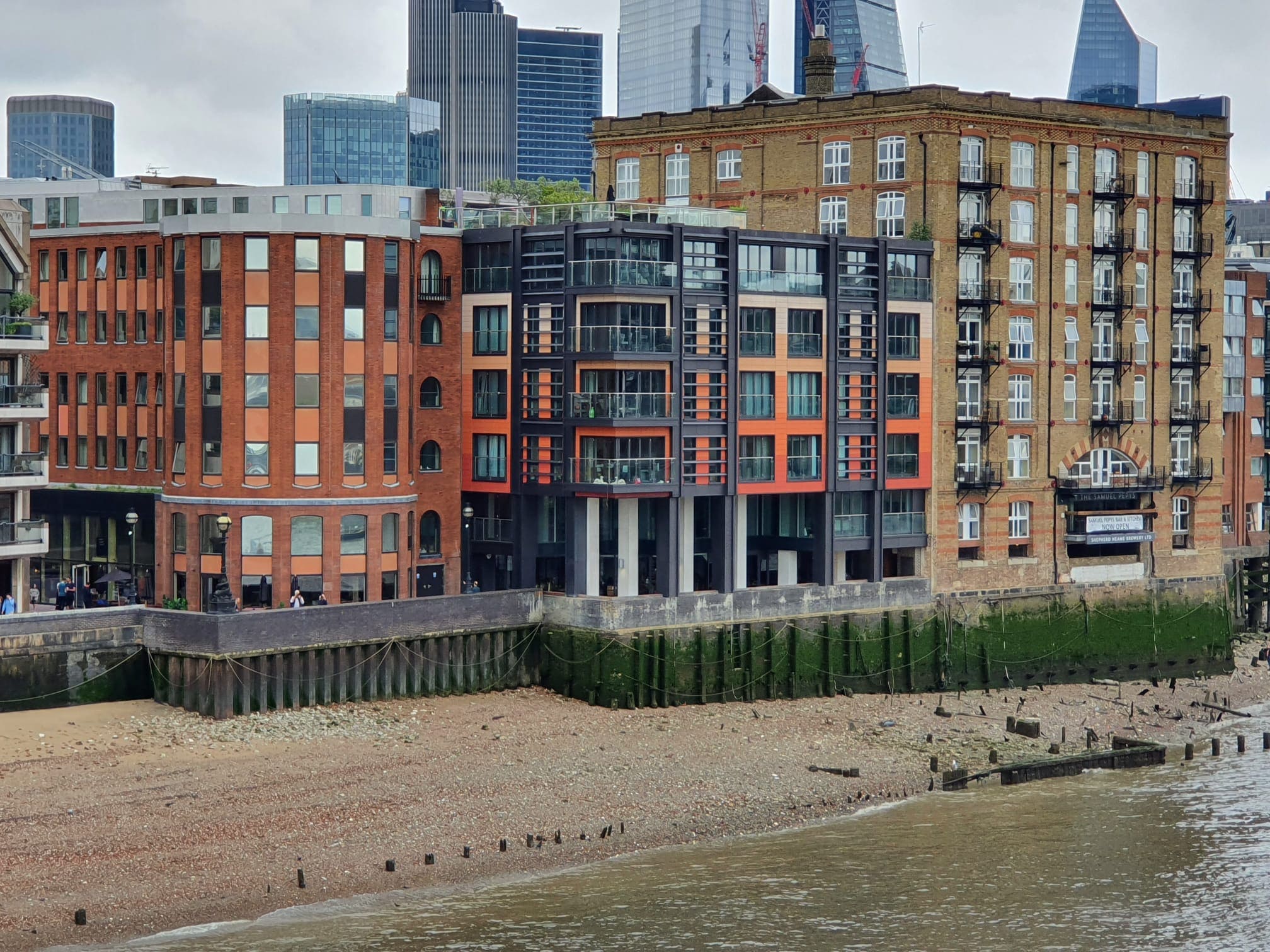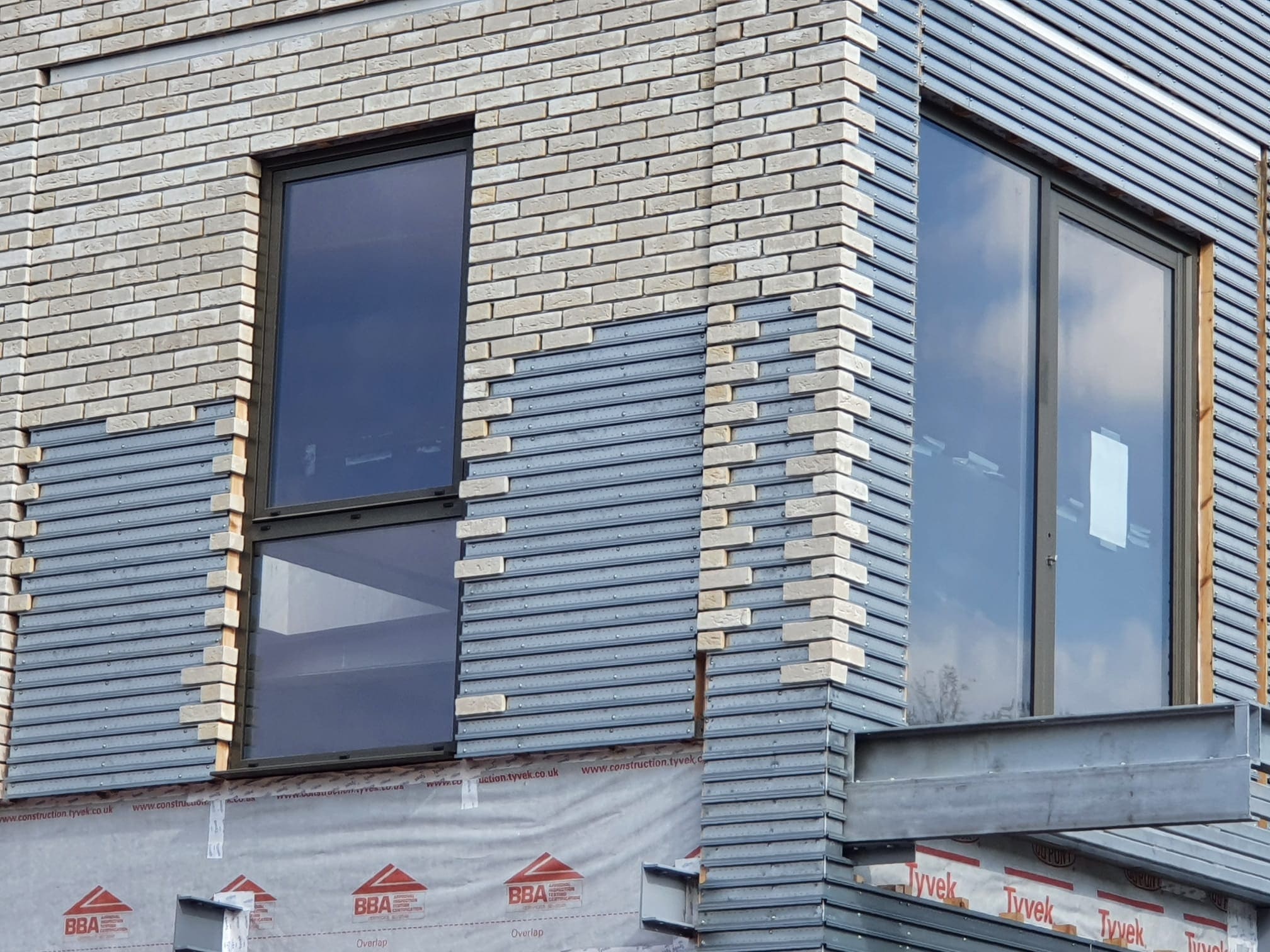 644
644
 0
0
Green Homes Grant Scrapped
Over the weekend, the Government announced it is pulling the £1.5bn Green Homes Grant in favor of delivering funding for energy-efficient home improvements via local authorities. The scheme, launched in September 2020, is now the second failed initiative aimed at improving home efficiency, following the Green Deal’s demise in 2015.
A Poor Track Record on Energy Efficiency
To date, the Government’s efforts to encourage homeowners to make energy-efficient improvements have been far from successful. And this isn’t just an issue in England. In Northern Ireland, the failure of the Renewable Heat Incentive (RHI) scheme led to the collapse of the devolution government.
High Demand but Poor Execution
There was clear interest from homeowners, with more than 123,000 applications for the Green Homes Grant. However, significant issues arose, including contractor complaints about the complexity of registration and difficulties homeowners faced in accessing funds. By the end of February, only 28,000 vouchers had been issued and just 5,800 projects completed.
The Carbon Emissions Crisis
Experts agree that buildings are among the biggest producers of carbon emissions. Without improving home energy efficiency, the UK stands little chance of meeting its net-zero carbon target. Yet, time and again, efforts to tackle this problem have been unsuccessful.
What Happens to Existing Applications?
The Government has pledged to honor already allocated Green Homes vouchers and process applications currently in the pipeline. However, this alone will not be enough to address the country’s energy efficiency challenges.
Urgent Action is Needed
The Government must acknowledge the failings of the Green Homes Grant and take decisive action to drive improvements through local schemes. Local authorities now hold the responsibility to move quickly and efficiently—before it’s too late.





Meet our Expert Property Commentators



























